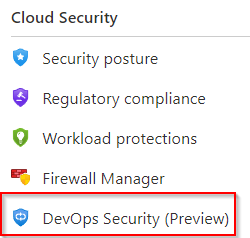Managing Azure API Management with APIOPS
Azure's API Management (APIM) resource is one of the most complex in the Azure ecosystem. It has several configuration pieces such as API endpoints, policy objects and secrets, with relationships between these objects. This complexity carries into Infrastructure as Code (IaC). When exporting an APIM instance with a few configuration items, the resulting ARM template can easily be over 15,000 lines line. Even using Bicep, where we can experience a 4:1 reduction in line count, we would be dealing with a very large file.
This leads to a conclusion that managing an APIM instance solely using Bicep or Terraform would be difficult. Fortunately, Microsoft have provided a toolset called "API Ops" which allows easy importing and exporting of APIM configuration.
